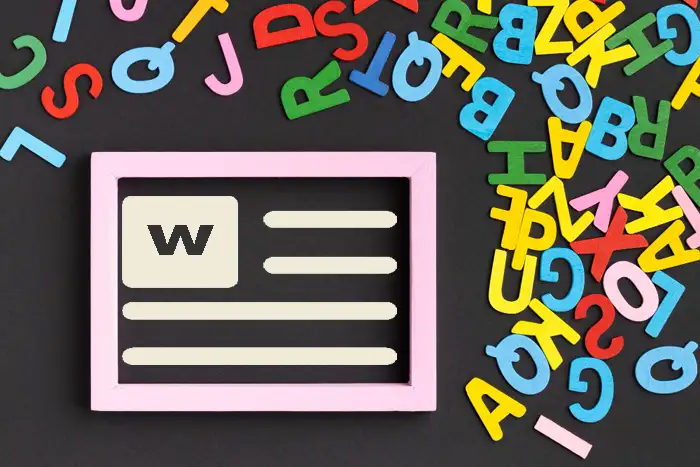Improve reading skills tips Improve reading skills tips Reading is a skill that takes time and practice. The first and most important thing to read well is to determine the purpose of reading. Then, you can focus on reading speed techniques, familiarity with new vocabulary in the text. Finally, by improving your reading and comprehension, you can engage with the meaning of the text and gain a deeper understanding of the concepts. To improve reading skills, practicing at least 15 to 30 minutes a day can make a big difference. The more you read, you have the more interest and ...
Home » Reading Practice in English » Improve Reading Skills Tips for IELTS and TOEFL

Improve Reading Skills Tips for IELTS and TOEFL
Updated: by Dr. Mohammad Hossein Hariri Asl
Time to Read: 5 minutes | 265 Views | No Comments on Improve Reading Skills Tips for IELTS and TOEFL
Share This Post
About the Author
Dr. Mohammad Hossein Hariri Asl is an English and Persian instructor, educator, researcher, inventor, published author, blogger, SEO expert, website developer, entrepreneur, and the creator of LELB Society. He's got a PhD in TEFL (Teaching English as a Foreign Language).
Number of Posts: 4235


